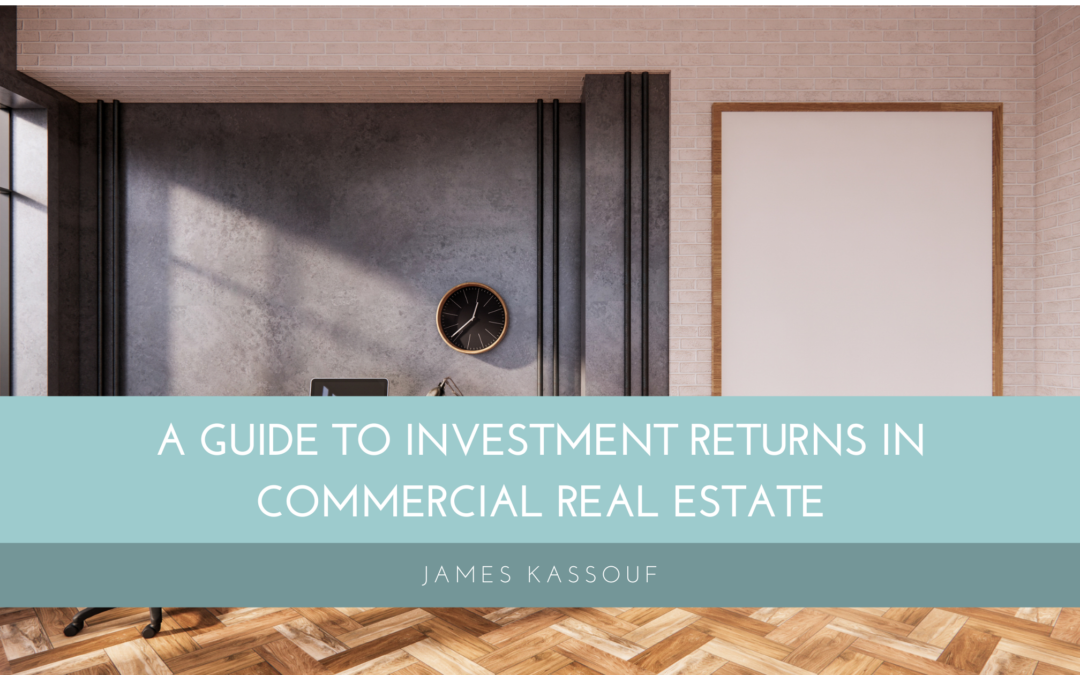Investing in commercial real estate (CRE) has long been considered a lucrative opportunity for diversifying their portfolios and generating substantial returns. However, understanding how to evaluate and maximize investment returns in this sector can be complex. This guide provides an overview of key factors to consider when investing in commercial real estate and how to assess potential returns effectively.
Understanding Investment Returns in CRE
Investment returns in commercial real estate are typically evaluated through income and appreciation. Income returns come from tenant rent or lease payments, which provide a steady cash flow. On the other hand, appreciation refers to the increase in the property’s value over time. Together, these components contribute to the overall return on investment (ROI), the percentage of profit earned relative to the initial investment cost.
Key Metrics for Evaluating CRE Investments
To assess potential returns in commercial real estate, investors often rely on several key metrics:
- Capitalization Rate (Cap Rate): The cap rate is one of the most common metrics used to evaluate the profitability of a CRE investment. It is calculated by dividing the property’s net operating income (NOI) by its current market value or purchase price. A higher cap rate indicates a higher return but can also imply more significant risk.
- Internal Rate of Return (IRR): The IRR considers the time value of money by calculating the rate at which the present value of cash flows equals the initial investment. A higher IRR suggests a more profitable investment over time, making it a critical metric for long-term investors.
- Cash-on-Cash Return: This metric measures the annual pre-tax cash flow relative to the total cash invested. It provides investors with a clear picture of the immediate income generated from the investment, independent of property appreciation.
- Equity Multiple: The equity multiple provides insight into the total return on an investor’s equity. It is calculated by dividing the total cash distributions by the total equity invested. An equity multiple of 2.0x, for instance, indicates that an investor has doubled their money.
Factors Influencing CRE Investment Returns
Several factors can influence the returns on commercial real estate investments:
- Location: Properties in high-demand areas with strong economic fundamentals tend to appreciate faster and command higher rents, leading to better returns.
- Market Conditions: Economic cycles, interest rates, and market trends significantly affect property values and rental income.
- Property Management: Effective property management can enhance returns by maximizing occupancy rates, maintaining the property’s condition, and optimizing operational efficiency.
Investing in commercial real estate offers the potential for significant returns, but it requires careful consideration of various factors and metrics. By evaluating investment opportunities through cap rates, IRR, cash-on-cash return, and equity multiple, investors can make informed decisions and maximize their profit potential. Whether you’re a seasoned investor or new to the CRE market, a thorough understanding of these principles is essential for success.

